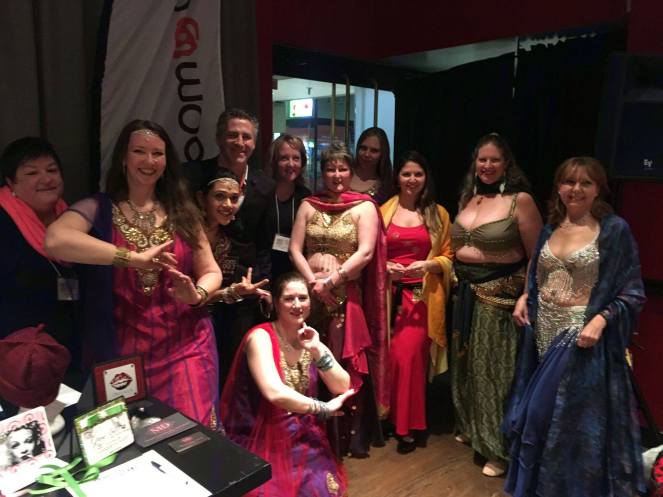Well, according to the Globe and Mail it is anyway.
Read Enough with the sexercise. Just let me work out already
Writing about Buti, the booty shaking, latest fitness craze in Hollywood Katrina Onstad says,
Really, Buti looks pretty much like one-person sex. In fact, a lot of working out is overtly linked to sex lately, and my liberal go-girl instincts are giving way to profound irritation. Suddenly, exercise – which is supposed to be a feel-good act in and of itself – has become another site of female inadequacy.
Pole dancing and striptease workouts have been around for years. In Toronto, a studio called Flirty Girl Fitness offers classes with names like “Pole Tricks,” “Rated R” and “Babes With Balls” (wait – that seems to refer to medicine balls). I understand how pole dancing could be a fun workout: It seems difficult and a little naughty, with some artistry required. But then again, Ryan Gosling is always right, and in Crazy, Stupid Love he said: “The war between the sexes is over and we won. We won the second women began doing pole dancing for exercise.”
Here’s Jezebel on the trend, I Can’t Stop Watching This Hypnotic Workout Video
Here is a review of the class from Well + Good nyc:
“We attended a preview class with Gold herself, who, in a string bikini, introduced us to its butt-shaking sequences set to club music. Buti is advertised as a “high-intensity workout that fuses yoga and dance with circuits of plyometrics and conditioning.” It actually consists of standard yoga sequences with lots of bump ‘n grind thrown in. So, once in plank pose or warrior II, you gyrate your hips. When in chair pose, you shake it like a Polaroid picture. There were a few high-energy cardio dance spurts where I started to have a lot of fun, but they ended too soon to get my heart rate up.”
Here’s my 2 cents. The sexy exercise phenomena isn’t new. I took a group fitness dance class at Goodlife more than five years ago (before I quit, read why here) that featured so-called “stripper moves.” I didn’t go back. Nothing wrong with being a stripper but faux stripper exercise isn’t for me.
Pole dancing classes have been around for awhile. I find them confusing mostly because the argument in favour seems based on a fallacy. Pole dancers have great bodies therefore to get a great body you should take up pole dancing? Um, no.
Katrina Onstad worries that this makes exercise yet another site of female inadequacy. But kind of like looking cute to work out, I suspect it’s empowering for some and alienating for others. Mileage may vary. If it feels good, go for it, though none of it strikes me as particularly challenging exercise. I like my cardio with intensity, my lifting with heavy weights, and yoga, when I do it, with lots of attention to form. I’d think of this like I do dancing generally. Not a serious work out but better for you and more fun than housework or watching tv.
What’s the attraction? Obviously some people think it’s sexy and fun. Some people think if you like two things, say like food and sex, the combo is even better. Not me. Not food and sex. Not exercise and sex either. If it’s fun for you, great. But me, I’ll stick to running, biking, rowing, weight lifting, soccer etc.
And finally, here’s the video:
Booty shaking yoga, Hollywood’s latest craze, [youtube http://www.youtube.com/watch?v=xil7qcvH3wc%5D
Like this:
Like Loading...















